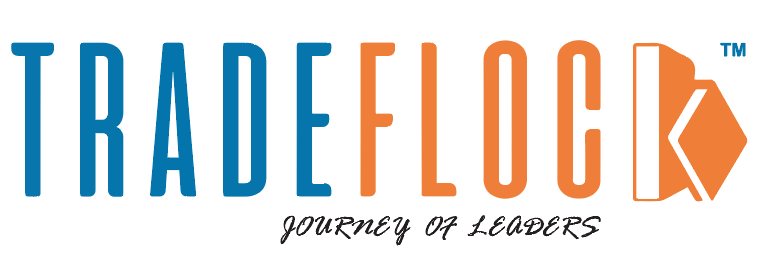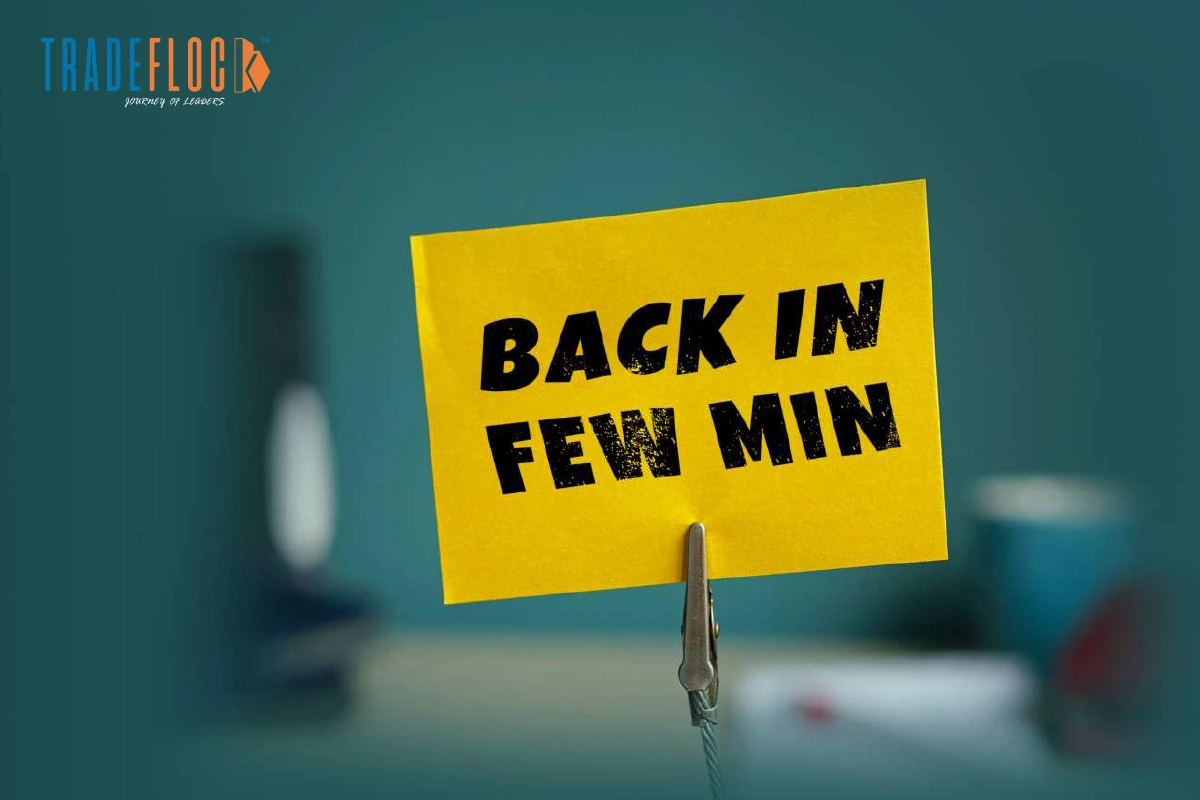There’s a strange irony in the modern workplace, we glorify hustle, reward long hours, and praise people who “power through”. But while the coffee-fuelled grind might seem heroic, the real productivity superheroes are often the ones who step away from their desks. That’s right-the most effective professionals are the ones who know when to stop. In a world that runs on urgency, knowing how and when to take a break has become a radical act of self-preservation and performance.
Breaks are not just nice to haves. They’re science-backed, brain-boosting, creativity-enhancing necessities. Emerging research in neuroscience, psychology, and workplace behaviour all point to the same conclusion: better breaks mean better work. Yet, most of us are guilty of either skipping them altogether or defaulting to doom-scrolling on our phones, only to return to our screens feeling no more energised than before.
So, what makes a good break? And how can we rewire our routines to make breaks feel less like a guilty indulgence and more like the productivity power tools they truly are? Let’s dive into the science of taking smarter pauses—and how a few well-earned minutes away from your desk can completely change the way you work.
Table of Contents
The Science of Effective Breaks
A growing body of research is helping to debunk the myth that constant work equals consistent output. In a comprehensive systematic review by Lyubykh, Gulseren, and Premji (2022), it was found that work breaks, when used effectively, play a pivotal role in enhancing employee well-being and performance. These breaks serve as psychological breathers, allowing the brain time to reset, refocus, and replenish the cognitive energy required for deep and focused work.
Harvard Business Review, in a 2025 article by researchers Kira Schabram and Chirstopher M. Barnes notes that planned, intentional breaks reduce burnout and actively boost creativity. Rather than treating breaks as something we take when we’re already exhausted, the research suggests integrating them as proactive parts of the workday, like pit stops in a Formula 1 race. The goal isn’t to pause when we’re already empty, but to prevent the tank from hitting that point at all.
When to Break: The Rhythm of Productivity
While many of us fall into an ad-hoc pattern of taking breaks only when we hit the mental roadblocks, data from productivity tracking app DeskTime suggests that the most efficient workers actually follow a consistent rhythm. Their research found that the top 10% most productive people work for an average of 52 minutes and then take a 17-minute break. This so-called “52/17 rule” works because it respects the natural ebb and flow of mental stamina—something our brains are wired to follow.
Rather than waiting until you feel overwhelmed or fatigued, scheduled breaks at regular intervals keeps your performance sharp and prevents mental clutter from building up. Think of it like sharpening your axe before chopping wood; you’ll get more done with less effort.
What a Good Break Look Like
So, what happens during a “good” break? Science says it’s not the act of stepping away alone that matters, it’s what you do with that time. Breaks that involve physical activity, such as stretching or walking, significantly outperform sedentary breaks in terms of reducing stress and improving mood. A study led by Curtin University’s Cecilie Thøgersen-Ntoumani showed that just a 30-minute lunchtime walk improved relaxation levels and reduced tension among office workers.
Mindfulness practices, such as meditation or deep breathing, have also gained traction, particularly among workers in high-pressure roles. These activities don’t just help you “relax”, they increase emotional regulation and lower cortisol levels, setting you up for better decision-making when you return to work.
And then there’s the social side. Small, informal conversations with colleagues—even a light-hearted chat at the coffee machine can create a sense of belonging that helps buffer against workplace stress. As it turns out, humans are wired for connection, and those micro-interactions during breaks help support emotional resilience more than we often realise.
Why We Skip Breaks and How to Stop
Despite all the evidence, skipping breaks is still the norm in many workplaces. Cultural norms around overwork and constant availability play a significant role. According to Harvard Business Review, employees often feel guilty about taking breaks, especially in high-performance environments, because it might be perceived as slacking or disengagement. However, in reality, skipping breaks often leads to diminishing returns, including slower thinking, increased errors, and heightened emotional fatigue.
One solution is to shift workplace culture itself. When leaders model healthy break behaviour, such as taking walks, having lunch away from their desks, or blocking off calendar time for a pause, it allows employees to do the same. Likewise, companies can reinforce the importance of rest by designing workspaces that include lounges, walking paths, or quiet rooms where people can truly unplug.
Breaks Are Not a Weakness, They’re a Strategy
Taking better breaks is not a sign that you’re slowing down, it’s a sign that you’re working smarter. The world’s top performers, from athletes to executives, know that recovery is a non-negotiable part of sustained success. The same is true for you and me. So the next time you feel guilty about stepping away from your screen, remember this: your brain is not a machine, it’s a living, breathing organ that thrives on rhythm, rest, and renewal. The best work doesn’t come from constant effort, it comes from the space between efforts, too. It’s time we stop seeing breaks as distractions and start seeing them as the competitive advantage they truly are.






